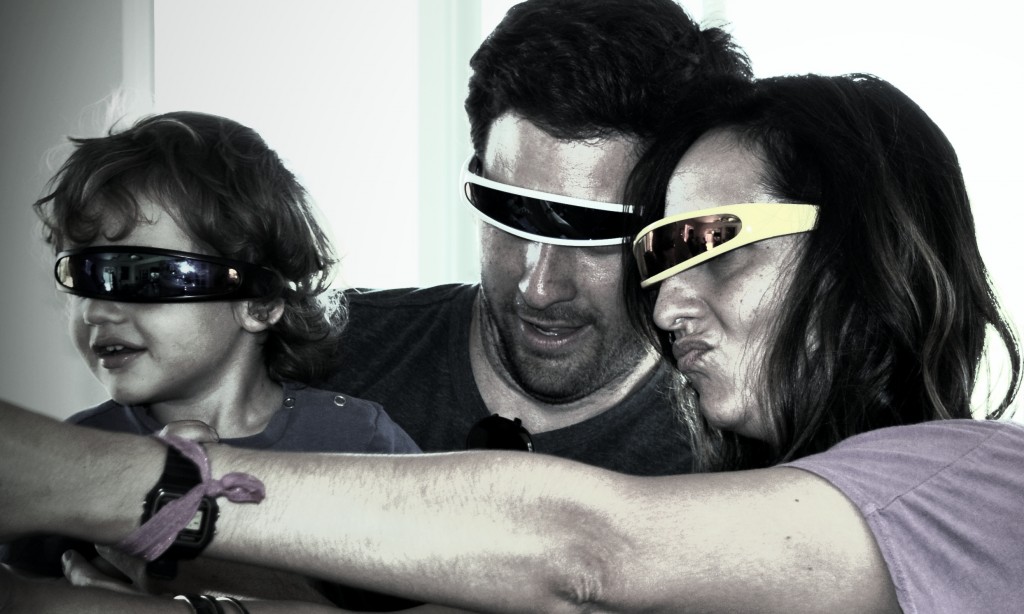September 25, 2012
Here’s how my print process begins. Step 1 -take a picture of what I want to draw.

Bolsa de Mercado
Step 2, I translate the photo into black & white (using a basic photo editing on computer)—cropping the view to make it interesting. My friend Leslie Gutierrez took these pictures below for me. She did it with a Nikon, indoors, overhead lighting, no flash. It’s hard to shoot plastic (as seen in the color version above)–it can have too much shine and blur the details.

Option 1
In Option 1, there is a hint of the bag. In Option 2, you can see the complete bag.

Option 2
Now I can see the vertical and horizontal lines better in the grey-tone version, and can plot out the separations on acetate sheets. I am doing the color separations old school, hand painting the acetates with ink. These days there is a temptation to create the separations on computer. Sure it’s faster, but then the finished print becomes too mechanical, too slick and loses the artist’s personal touch.
I am thinking of color. Not sure if I will use the original bag colors of red, white and green. I like blues and oranges more. We’ll see. Choices, choices and problem solving–that is art.

November 15. Leslie is so clever, I did not have to take another photo, this is actually the red bag version. Les suggested that I photoshop it to change the color and voila I got this look. Love it! So above is the color scheme I am going for in my print and the final cropping too. I think you can tell what it is, but it is not so obviously figurative–like when you see the whole bag. I’m going to start my separations next week.
November 17. Met with the Master Printer and talked MORE about color. I know color only excites a few of us– it’s an art thing. He gave me a sheet of rubylith to cut my background layer. The background (in orange) will be the first pass of color. He suggested that the colors should be printed in this order: yellow, blue and then the magenta all in transparent inks so that when two colors merge, they will create a third color. I love transparent paint! Nice to work with someone that does this everyday. Printing in layers is tricky.
Below I adhere the registration targets to the my transparency sheets. The registrations are used to help align each layer.

November 20. Thanksgiving slowed down my process. The studio was closed for 4 days! Right before they closed for the holiday, the studio manager said my blown-up poster model was too pixelated. He said it would be hard to see the lines well enough on the light table to transfer the design onto the separations. Sighhh. It took me forever to get the bad poster versions done too. Staples could not get them right. It took them a whole day to print it close enough to the size I needed. A waste of $10 and 4 bad posters. Urgh.
November 27. After a nice Thanksgiving weekend with family and friends—I got back to my image. I was frustrated about it from Saturday to this morning (3 days!) Lots of thinking about my plan of attack. I am not sure if this works for everyone, but when I sleep on matters the very next day I have figured out a plan. I woke up at 4:30am this morning and logically figured out what I needed to do. I have always believed that thinking logically can resolve anything in life, because in the world nothing is 100% one way or another. I am sure it was something I did, not Staples. After searching for the right terminology, I knew how to ask for what I needed help with. I watched a YouTube videos on the subject and got some good tutoring. I needed to raise the resolution, lock it in and resize the image to what poster dimensions I wanted. Que pendeja! So simple. The answers are out there! Actually I do not work on graphics that much, I don’t know what buttons to push. Visual tutorials are my best friends. Finally I got my print model sized into a 30 X 22 poster and printed it at Office Depot. Cost $14. Tax deduction for sure. To make it fit into the correct proportions, I had to change the image a bit from Option 1. Ah ha–but now that task is done and I am REALLY ready to hit the light table and create my hand made transparencies. Exciting!

This is my final design model for my print.
December 5. I have put in at least 6 hours on hand inking my separation for magenta and I am not even done (see what I mean in my image below). Everything that will have magenta in it for my print (including orange and purple) require ink blocking. Below, my photocopied image has a sheet of acetate over it and I am blocking out the magenta areas with my rapidograph pen. I use a small color image for reference, as I count the lines over and over to be sure I am blocking the right areas. I’ve been going into the studio at 6am in the morning, because I am fresher at that time. I rock the jazz station alone and get into an inking meditation. I guess I could have made it as a comic book inker. In truth, I could have drawn the original image myself, it is a simple rectangle. But I wanted it to have the accuracy of realistic woven fabric and accomplishing that is tedious. Inking all that woven fabric was tedious enough. Usually hand drawn silk screen images are less complicated and “complicated” is my middle name–sometimes.

Me, hand inking
December 14. My artist in residency begins! I have been working on my separations non-stop for over a week now. I had 3 separations completed–but there are always issues to resolve. Thinking in print is difficult. When you are inking the separations, what you ink will be the color, not the clear spaces. Darn! Of course, my first separation was wrong! I did it backwards. I had to scramble to get my first separation ready on the first day. We could lose a day of printing! The color must be laid down in order. The good thing was that we gained a separation for the color blue, which I had not done yet. Yes, the blocked separation I did for the first day was what I needed for the blue color, with a few tweaks–whew. Glad nothing was wasted.
The master printer burnt the screen with a system very much like photo developing. Since it is done in the dark, I could not take a picture. A green photo sensitive liquid is coated on the silk screen, the ink separation is place below the screen on a transparent glass table. From beneath, a photographer’s light is lit for a designated amount of time–thereby the separation is transferred onto the screen.

Power washing the burnt screen
Above the screen is then power washed to remove the areas that were ink blocked. Exposed are the areas where the ink will be pushed through on the paper with a squeegee. The white areas on the screen are open, the green areas are blocked. Note that the image is upside down. This run will be the first color–a peach shade for the background.
Below, the master printer is blocking any areas that may have been exposed in the wash, to make sure there are no pin holes.

Blocking any pin holes
Then onto the printing. . . . .

Dec 15 Inking the screen

Dec 15 First print

Dec 15 Pulling out first print

Dec 15 First color “peach”

Dec 15 Seventy more to go

Dec 18 (after the weekend) The 2nd color is “blue”

Dec 19 Third color is “yellow”

Dec 20 The 4th color is added “magenta”

Dec 21 Last color is “black”, but it is too muddy. Bag looks dirty and dull. Yuk!
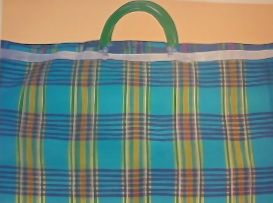
Dec 22 Dark blue is REALLY the final color I wanted. Love it!
December 22. Voila! My print is done and just like I wanted. It was loads of work, but so worth it. Could I improve it? Of course, each new subject is an opportunity to learn and each new attempt is an opportunity to translate your image into something else. I don’t feel my print is an actual copy of the model, it has my artistic flavor through my hands-on drawing/inking, color choices and the elimination of factory woven details.
After the prints are created, the separations and bad prints are destroyed by the studio. Yes! It keeps dumpster divers and thieves from copying and selling the prints. This is true.
My print is a tribute to the working class people that use these recycling bags for everything from grocery shopping to laundry washing. When my friend Becky Cortez saw it –she said “This image reminds me of you!” Perfect. These types of bags are a reoccurring theme in my art and even though it is a common still life, it is an overlooked powerful icon of our times.

 Saturday, January 18, 2020
Saturday, January 18, 2020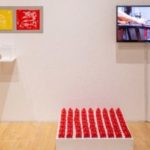

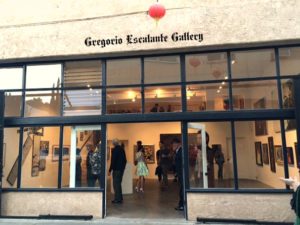



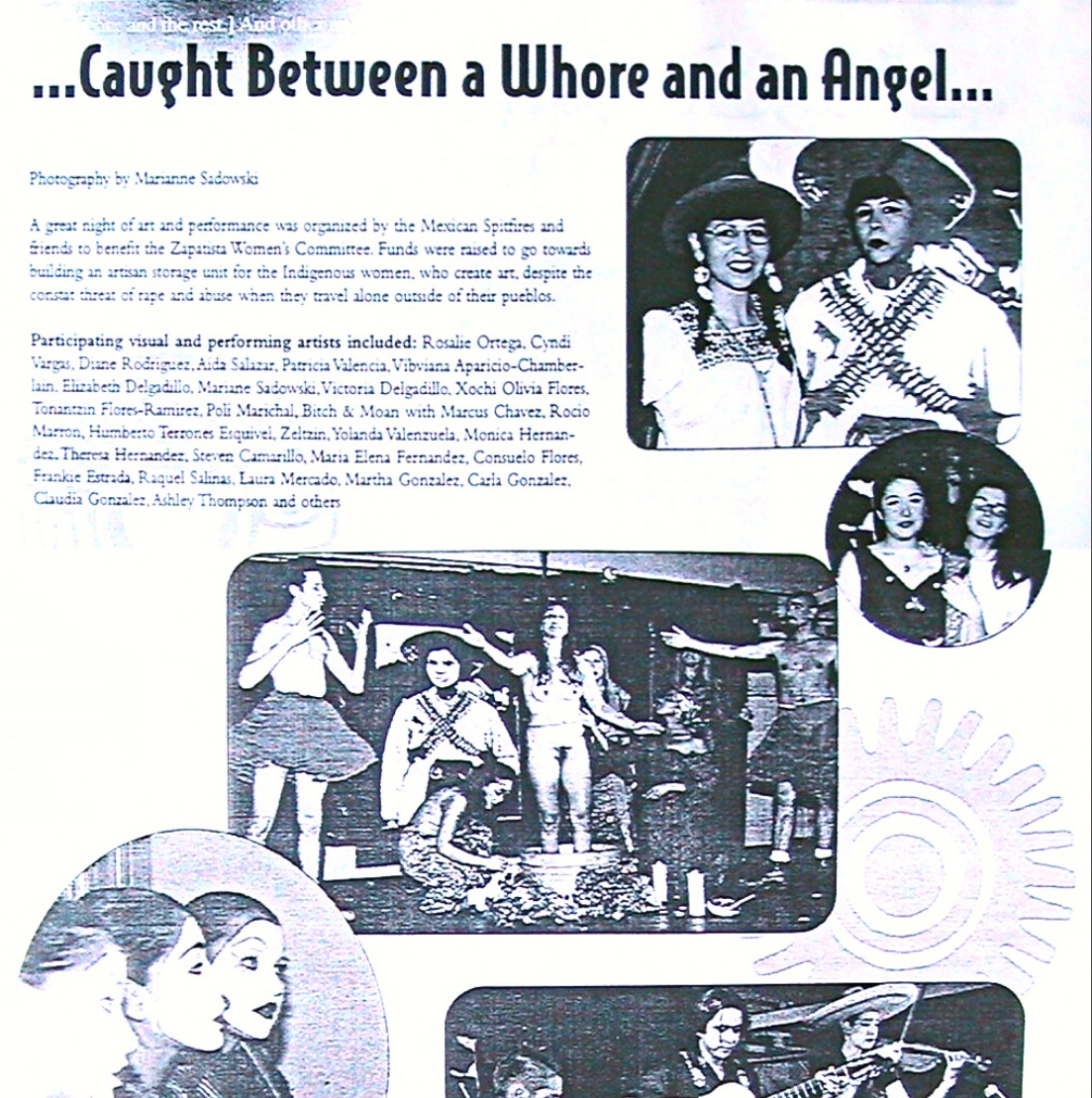
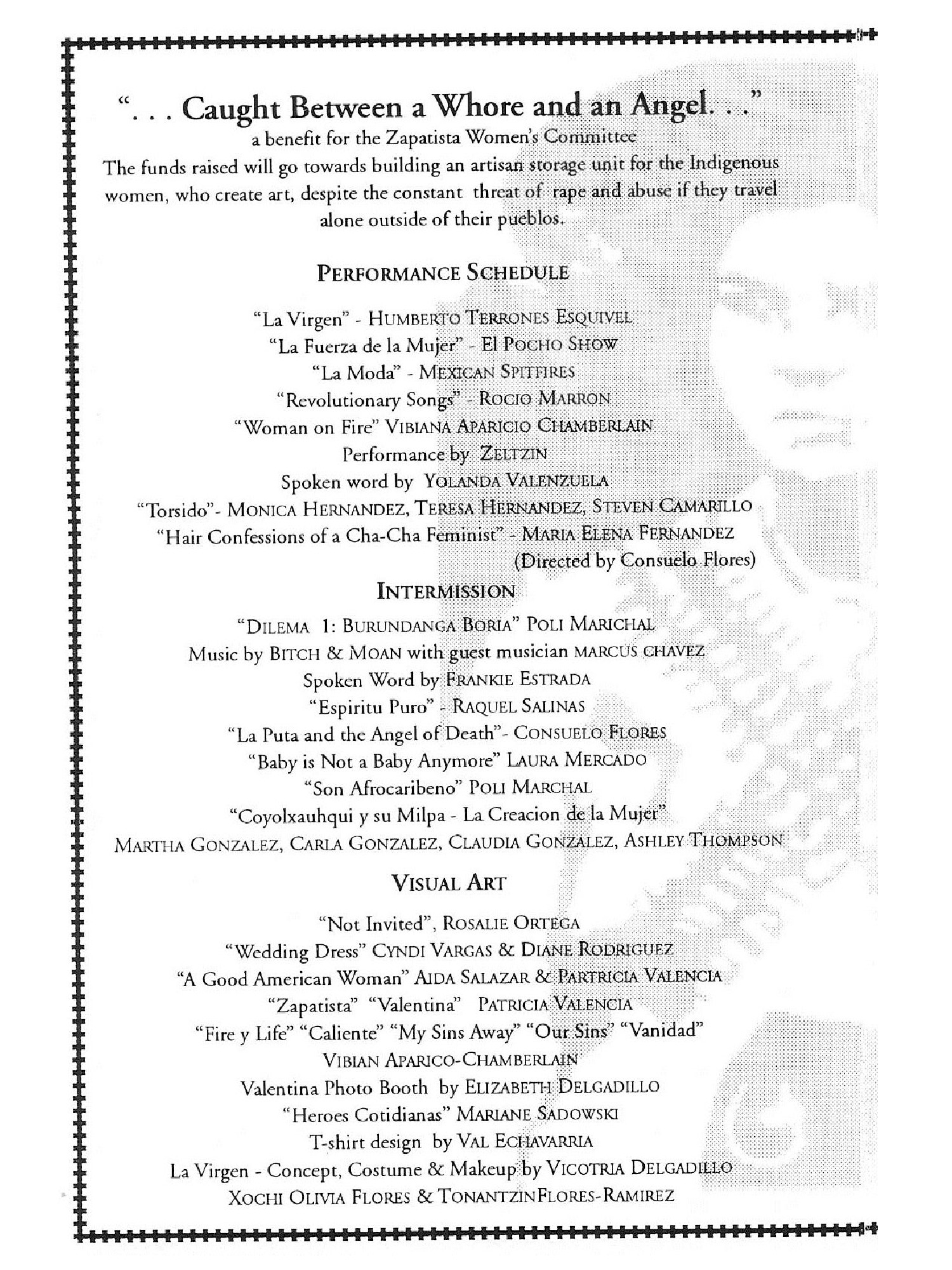
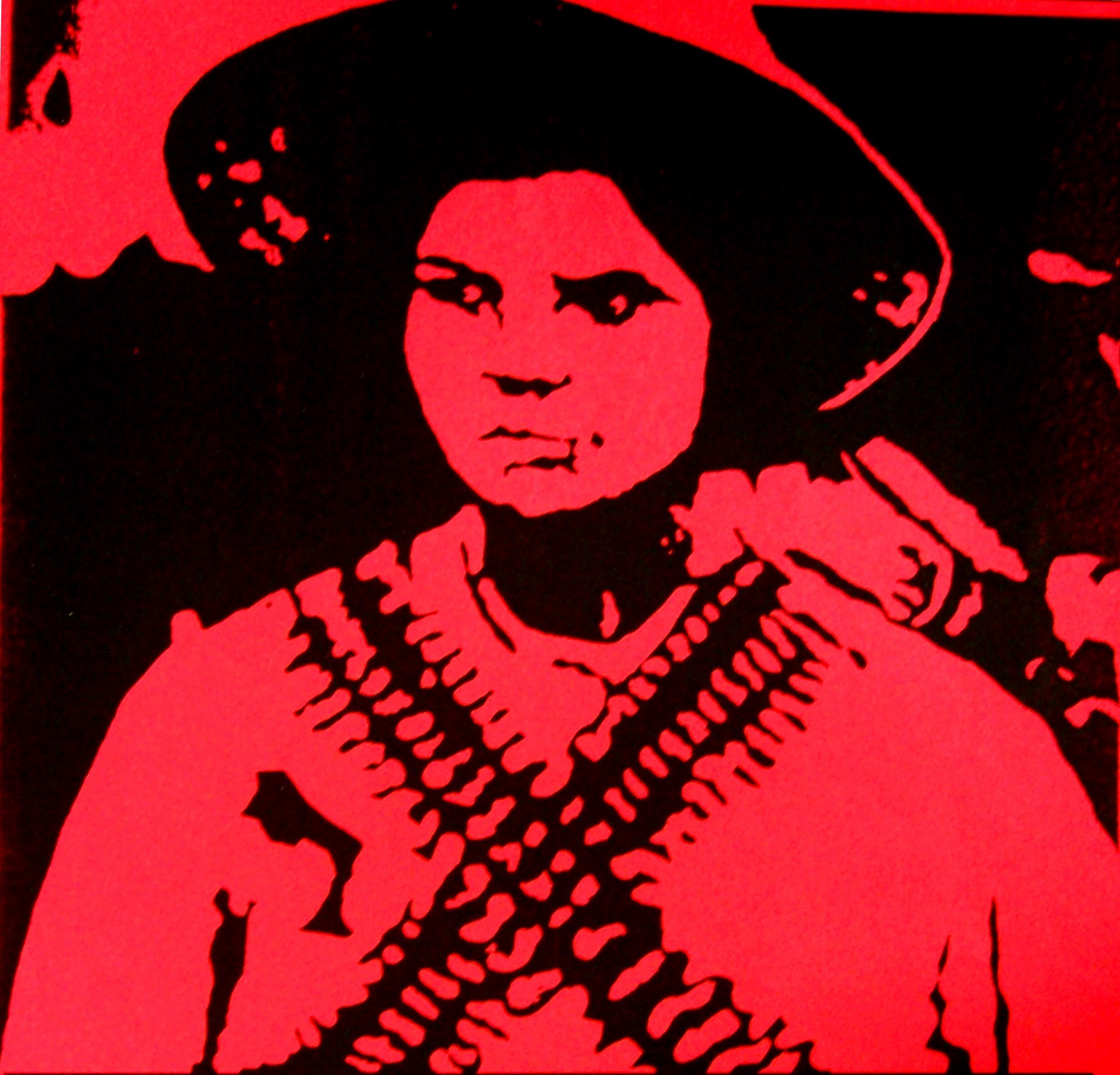
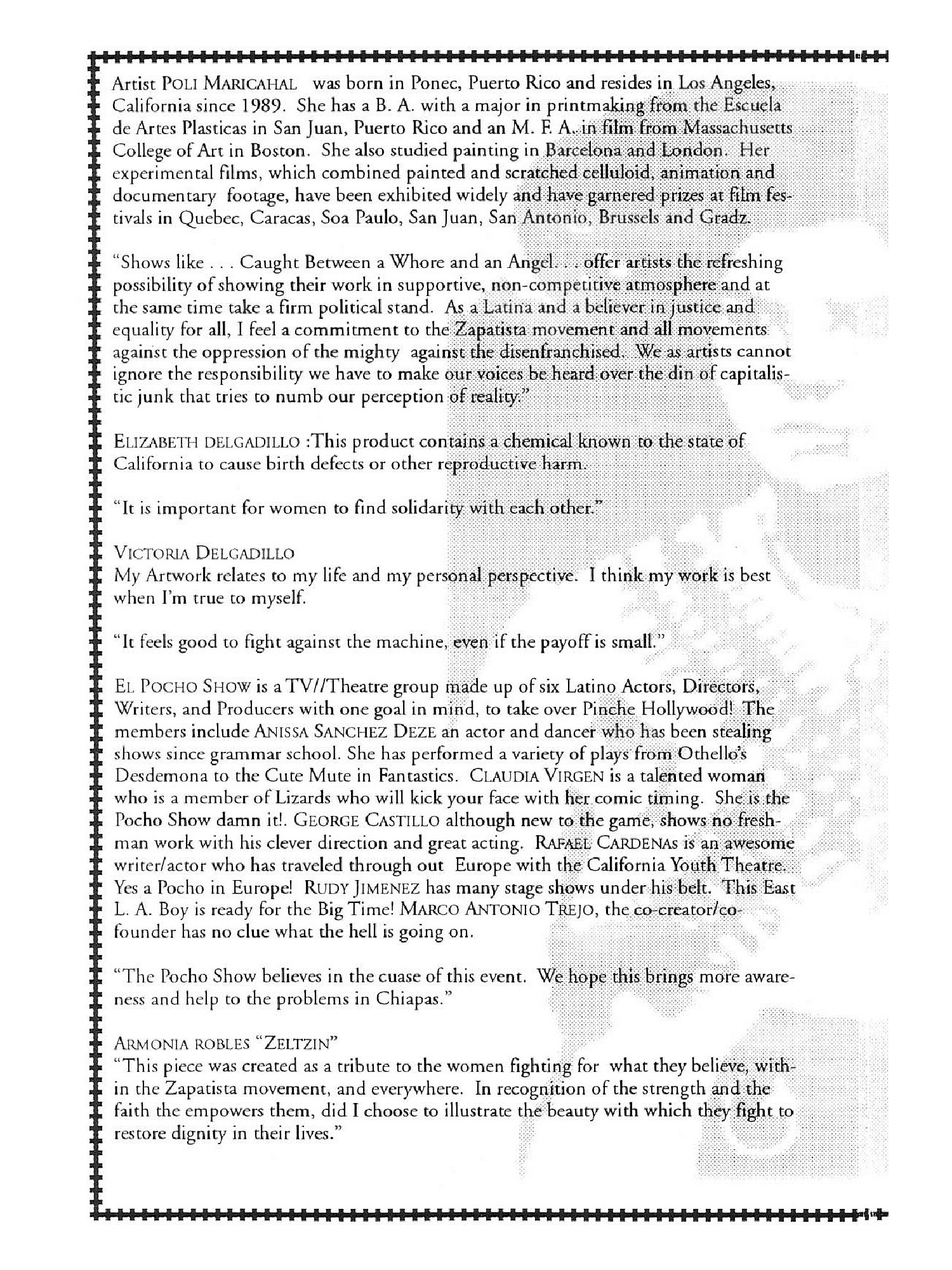







 pires my art, are those around me. If you look at enough of my work, you will start to realize that many of the models I use are people that I know, mostly friends. I suppose all artists draw from their surroundings.
pires my art, are those around me. If you look at enough of my work, you will start to realize that many of the models I use are people that I know, mostly friends. I suppose all artists draw from their surroundings.